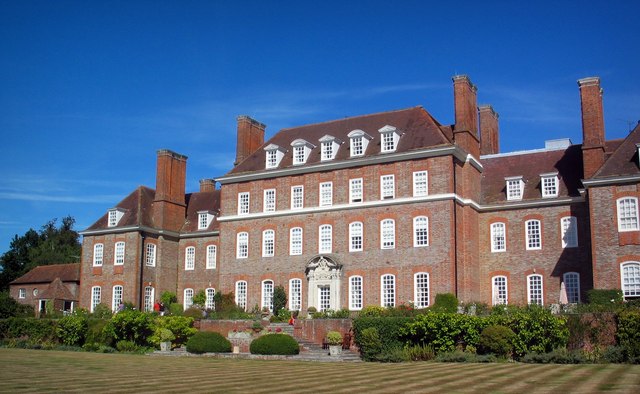Kent
Art, History & Archaeology Sites & Museums
Archaeology & History Sites in Kent
Chartwell, Winston Churchill Family Home
Churchill lived at Chartwell from 1922 to 1965. Originally built in Tudor times the house has been extended and renovated extensively since. It is set in magnificent gardens in the Weald of Kent. In 1946 the house was given to the National Trust. Churchill and his family continued to live there until his death in 1965. A tour of the house takes in many of the rooms in which he worked and raised his family, including his study and art studio. It retains a homely feel with personal photographs and many of his official gifts, all the while presenting details about his life and premiership.

Dover Castle
Dover Castle, the ‘gateway to the realm’, is one of Britain’s best-surviving Norman castles. Excavations suggest the site was in 800 BC an Iron Age hillfort. A Roman lighthouse was converted into a bell tower. Over the last 1,000 years it has been a royal palace, a Napoleonic fortress, a military base for ‘Operation Dynamo’ during the Battle of Dunkirk and a Cold War communications office. Walk the battlements to enjoy views over the White Cliffs, get lost in secret underground wartime passages and imagine life as the king from the palace in the Great Tower.

Great Maytham Hall
Although beginning its life in the 18th century, Great Maytham Hall was devastated by a fire in 1893, resulting in the structure largely being rebuilt to the design of the prominent architect Sir Edward Lutyens between 1909 and 1912. Meanwhile, between 1898 and 1907, the writer Frances Hodgson Burnett lived on the estate and developed a fascination for its garden, using it as the inspiration for her popular 1911 children’s book, The Secret Garden. Today, the garden can still be visited on select days thanks to the National Garden Scheme.

Lullingstone Roman Villa
Lullingstone Villa is one of the best preserved Roman villas in England. The wall paintings provide some of the earliest evidence for Christianity in Roman Britain. Construction began around 100 AD, but the villa was at its most luxurious during the mid 4th century AD. Besides the exquisite wall paintings, the villa is also known for its well preserved mosaics. The ruins have been preserved in situ and covered, making this a great all-weather site to visit. A light show is used to bring the villa back to life.





